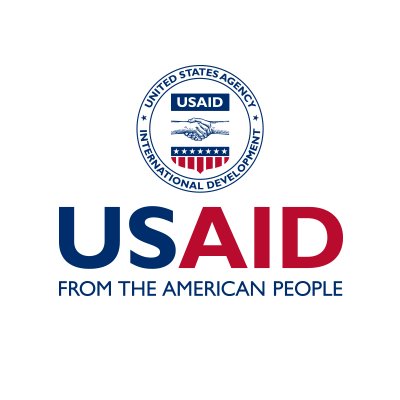SOUTHCOM Successfully Completes Haiti Earthquake Operation as USAID Continues Robust Relief and Recovery Effort
During the three weeks since a magnitude 7.2 earthquake struck Haiti, USAID and the Department of Defense U.S. Southern Command (SOUTHCOM) have been urgently working to deliver aid to hard-to-reach areas as quickly as possible. Today, because access to affected communities by land and sea has improved and civilian transportation options—including the UN’s air, truck, and barge services—have become available, we have jointly determined that U.S. military assets are no longer required for air transport and logistic support to the U.S. government humanitarian response. USAID requests for JTF-Haiti to transport relief supplies and personnel to affected areas steadily declined in the last week, and all outstanding requests were completed as of September 2. USAID will continue to lead the U.S. response to the earthquake to deliver food, shelter, health and other urgent assistance to hard-hit communities.
At the request of USAID, SOUTHCOM stood up Joint Task Force (JTF)-Haiti on August 15 to provide U.S. military logistics and air transport capabilities to reach hard-to-access affected areas. The U.S. Coast Guard also provided immediate support to U.S. response efforts by transporting relief personnel to affected areas while evacuating injured patients to Port-au-Prince for medical treatment.
JTF-Haiti—including the Coast Guard—mobilized 19 helicopters, six ships, and eight transport aircraft, as well as approximately 1,200 personnel, to support USAID’s response efforts. Over the course of 20 days in Haiti, JTF-Haiti provided aerial imagery of damaged areas; flew 671 missions to deliver aid and response personnel; delivered almost 600,000 pounds of humanitarian cargo, including food, water, medical equipment, and other critical relief supplies; transported approximately 200 aid workers, including USAID disaster experts, to affected area; and assisted or rescued 477 people.
I would like to thank SOUTHCOM Commander U.S. Navy Admiral Craig Faller, JTF-Haiti Commander U.S. Navy Rear Admiral Keith Davids, and Coast Guard Seventh District Commander Rear Admiral Brendan McPherson for their steadfast leadership, and the entire SOUTHCOM and Coast Guard teams for their tireless efforts to rapidly push out and deliver aid to hard-to-reach areas in the critical early days of the response before sufficient civilian and commercial transportation options became available.
USAID’s Disaster Assistance Response Team (DART) remains on the ground and continues to work tirelessly to get Haitians the assistance they need. This includes releasing additional food from USAID’s pre-positioned stocks, supplying healthcare facilities with emergency medical kits, and deploying nearly 900,000 additional pounds of relief items—including, plastic sheets, shelter repair kits, blankets, buckets, water containers, hygiene kits, and kitchen sets—from USAID’s Miami warehouse to Port-au-Prince. USAID’s DART will continue working with the Government of Haiti and our partners to bring about a seamless transition of operations supported by JTF-Haiti to those supported by Haitian authorities, UN agencies, non-governmental organizations, and commercial transportation companies.
The number of civilian organizations supporting earthquake response efforts in the affected areas has also increased. As of September 1, according to the UN, more than 95 NGOs and international organizations are delivering humanitarian assistance and supporting relief operations in Haiti, including 68 in Sud Department and Nippes and 28 in Grand Anse. These organizations are augmenting the critical work of the numerous local organizations who have been supporting their communities since the earthquake.
USAID is also coordinating closely with the Government of Haiti and international donors to assess the country’s larger post-earthquake needs. USAID is working to support the Haitian people in their efforts to build a Haiti that is more resilient to environmental, political, and economic shocks and stresses; advances more inclusive, locally driven economic growth; and promotes governance that is more responsive to citizens’ needs.

